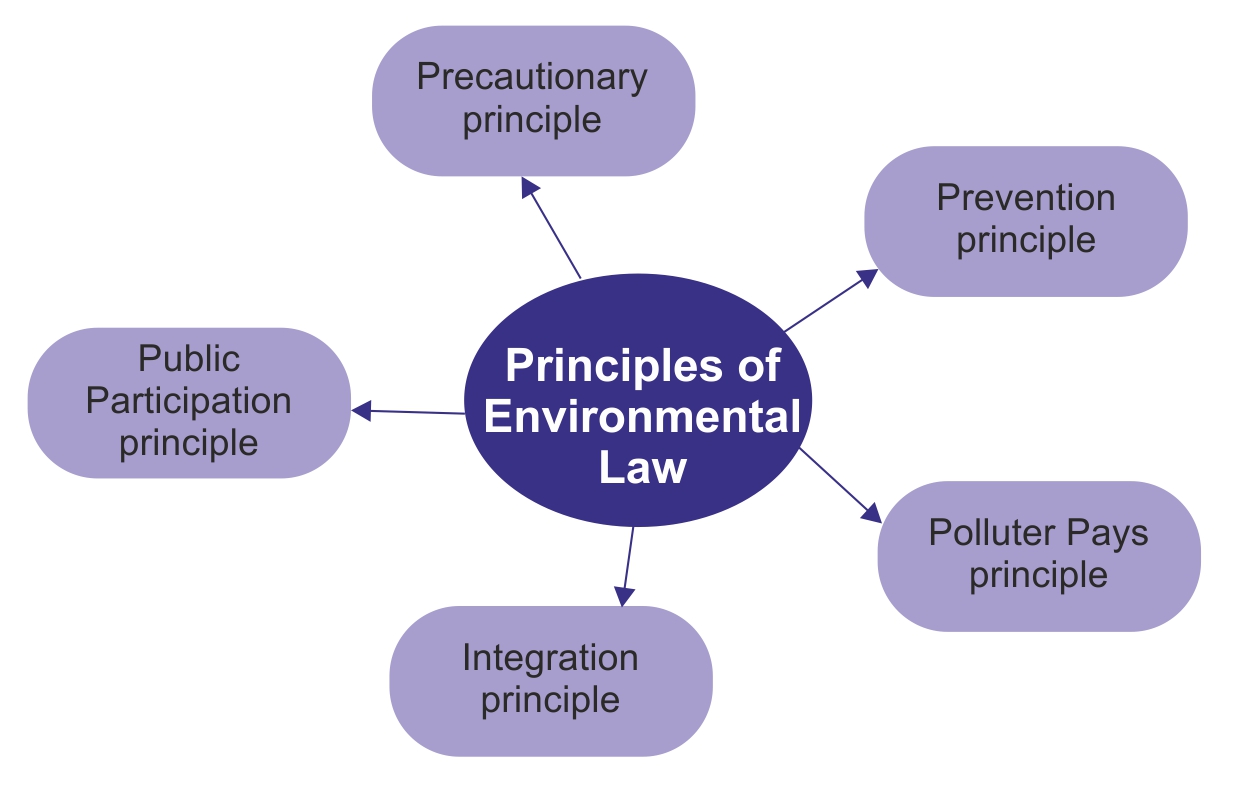Biodiversity & Environment
Draft EIA Notification 2020
- 05 May 2020
- 8 min read
This article is based on “Undemocratic Evasion of Environmental Responsibility” which was published in The Economic and Political Weekly on 02/05/2020. It talks about issues pertaining to Draft Environmental Impact Assessment (EIA) Notification 2020.
Recently, the Ministry of Environment, Forest and Climate Change (MoEFCC) has proposed a draft Environmental Impact Assessment (EIA) notification 2020, that seeks to replace the current notification which goes back to 2006.
EIA is an important process for evaluating the likely environmental impact of a proposed project. It is a process whereby people’s views are taken into consideration for granting final approval to any developmental project or activity. It is basically, a decision-making tool to decide whether the project should be approved or not.
The draft notification is issued under the powers vested in the central government under the Environment (Protection) Act, 1986 to take all such measures for “protecting and improving the quality of the environment.
According to the government, the new notification is being brought in order to make the process more transparent and expedient by the implementation of an online system, further delegation, rationalisation and standardisation of the process. However, the environmentalist said that the draft will further dilute the EIA process.
Note:
- In the Samarth Trust Case, the Delhi high court had considered EIAs- a part of participatory justice in which the voice is given to the voiceless and it is like a Jan Sunwai, where the community is the jury.
- Also, the EIA process is an outcome of the 1992 Rio Declaration, which says that environmental issues are best handled through the participation of all concerned citizens and that states must provide an opportunity to citizens to participate in decision-making processes.
Issues pertaining to draft EIA Notification 2020
Post-Facto Approval
- The new draft allows for post-facto approval for projects. It means that the clearances for projects can be awarded even if they have started construction or have been running phase without securing environmental clearances.
- This also means that any environmental damage caused by the project is likely to be waived off as the violations get legitimised.
- As the only remedy would be to impose a fine or punishment; but that would not reverse the detrimental consequences on the environment.
- Post facto approval is the derogation of the fundamental principles of environmental jurisprudence and violation of the “precautionary principle,” which is a principle of environmental sustainability.
- In 2017, post-facto clearance given to projects in Tamil Nadu was struck down by the Madras high court.
Public Consultation Process
- The draft notification provides for a reduction of the time period from 30 days to 20 days for the public to submit their responses during a public hearing for any application seeking environmental clearance.
- The danger is that if adequate time is not given for the preparation of views, comments and suggestions to those who would be affected by the project, then such public hearings would not be meaningful.
- Unless a public hearing is meaningful, the whole EIA process would lack transparency and credibility.
- Further, the reduction of time would particularly pose a problem in those areas where information is not easily accessible or areas in which people are not that well aware of the process itself.
Compliance Report Issue
- The 2006 notification required that the project proponent submit a report every six months, showing that they are carrying out their activities as per the terms on which permission has been given.
- However, the new draft requires the promoter to submit a report only once every year.
- During this period, certain irreversible environmental, social or health consequences of the project could go unnoticed because of the extended reporting time.
- For example, if a mining project is being carried out at someplace which can be potentially hazardous to the nearby population and can contaminate the air, and water nearby, a half-yearly compliance report would better help in addressing these concerns.
Bypassing EIA Process
- Through the draft notification, the central government gets the power to categorise projects as “strategic.”
- Once a project is considered as strategic, the draft notification states that no information related to such projects shall be placed in the public domain.
- Violations can only be reported suo motu by the project proponent, or by a government authority, appraisal committee, or regulatory authority. This is against the principles of natural justice.
- Further, the draft notification states that the new construction projects up to 1,50,000 square metres (instead of the existing 20,000 square metres) do not need “detailed scrutiny” by the Expert Committee, nor do they need EIA studies and public consultation.
Way Forward
On a positive note, the 2020 draft notification has a clause dedicated to definitions to several terms related to EIA. It may be beneficial in the sense that it consolidates the EIA rules and has the potential of alleviating some ambiguity in the present law.
However, it needs to address the above issues. In this context:
- The ministry, instead of reducing the time for public consultation, should focus on ensuring access to information as well as awareness about the public hearing and its impact upon the whole EIA process.
- In order to improve ease of doing business, the government should bring down the average delay of 238 days in granting environmental clearance, that emanates from bureaucratic delays and complex laws.
- Grow now, sustain later should not be the policy, as the notion is dangerously tilted against the concept of sustainable development.
With the EIA, we also need Social impact assessment to achieve sustainable development in true sense.
|
Drishti Mains Question Critically analyse the issues pertaining to Draft Environmental Impact Assessment Notification 2020. |
This editorial is based on “Slow Release” which was published in The Hindu on May 4th, 2020. Now watch this on our Youtube channel.







